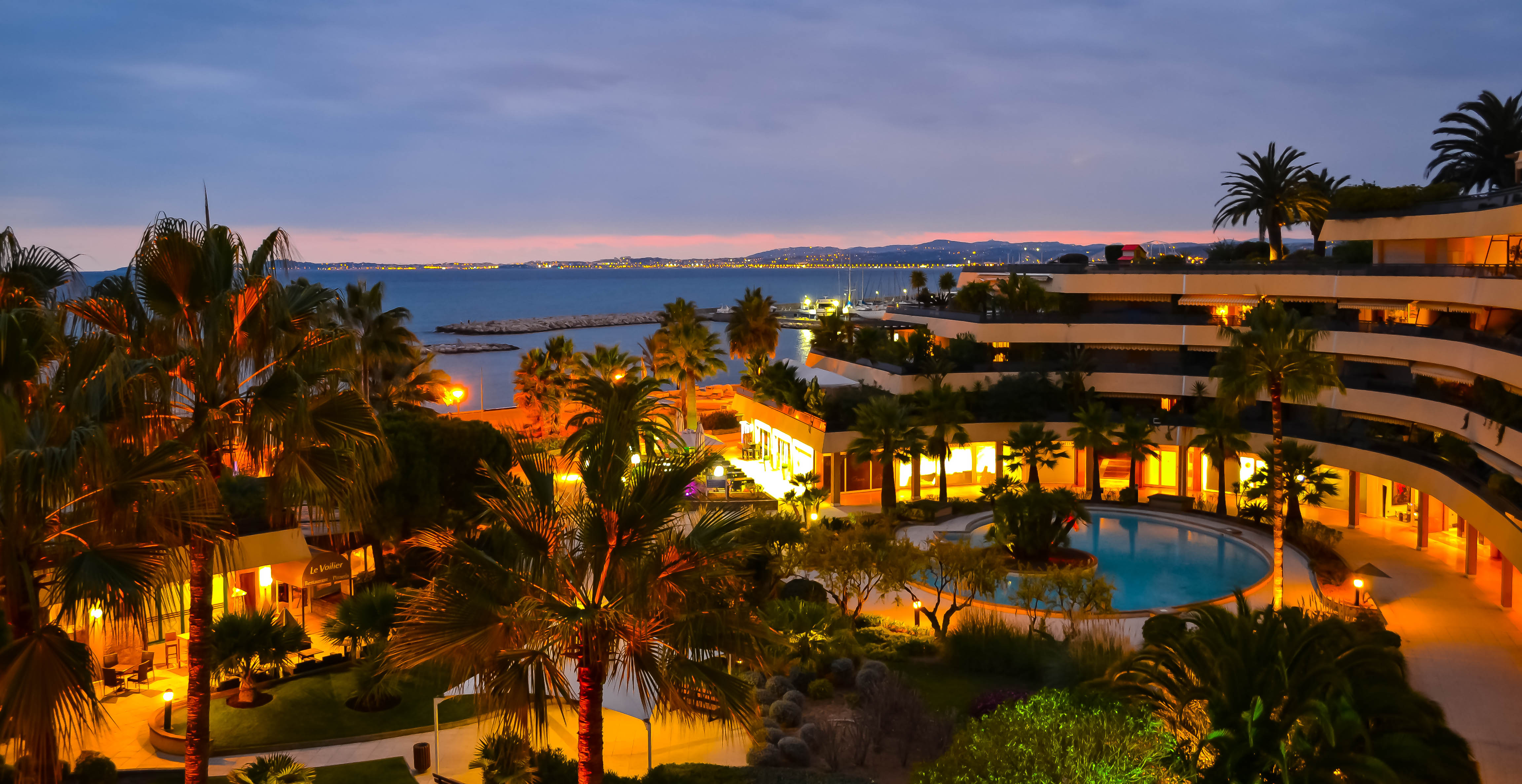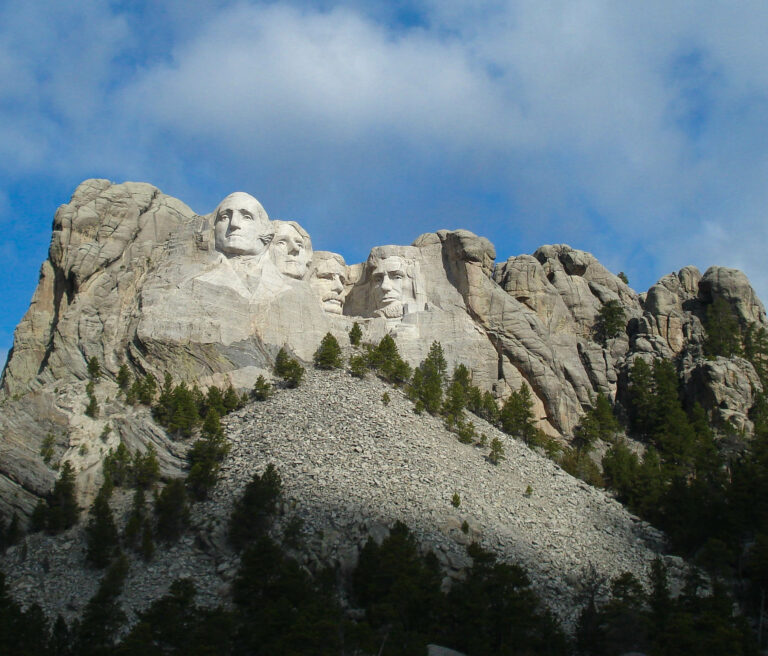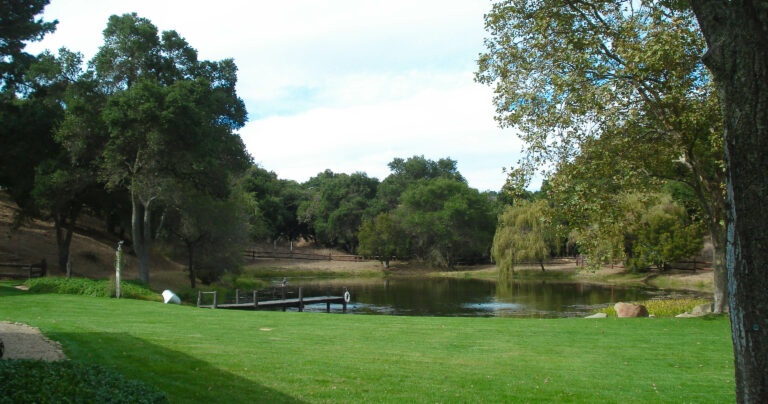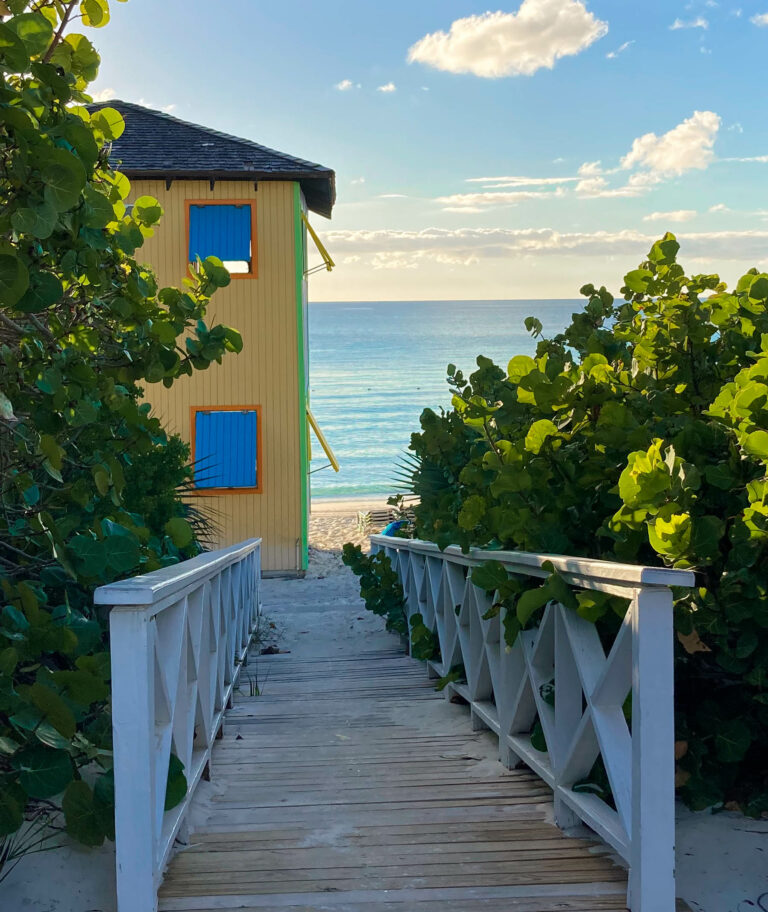A Week in Mediterranean Europe

Does this bus go to Hadrian’s Arch?”
This post contains affiliate links. For more information, click here.
The question came from a casually clad, middle-aged fellow traveler as he squeezed aboard the packed shuttle bus from the Athens Athenaeum InterContinental Hotel, where he and I both happened to be staying. Inside the van was a microcosm of what it’s like to travel through Mediterranean Europe: a cacophony of languages where personal space is at a shortage but the wide-eyed eagerness for adventure keeps tightly packed passengers from rubbing each other too much the wrong way, like the water that buoys mozzarella pearls.
It did indeed pass by the Arch, though I stayed on nearly another half-mile until the modern city square, the Syntagma. From there I began walking back alone toward the Arch on the comfortably cool sunny day.
I was taking something of a risk. I speak only a few words of Greek and envy Wrong Way Corrigan’s sense of direction. I was armed with a map and two semesters of college Russian, and so I was able to sound out and match street names. But, as I often make fun of myself, I can barely read a map that doesn’t feature a “You Are Here” dot.
But: no risk, no reward. And Athens’ meld of grime and glam was irresistible. The streets and sidewalks feel gritty. The traffic is loud and fast. Though no riots occurred while I was there, the effects of the Greek Depression were all around, from the graffiti sprayed on modern buildings in worse repair than some of the ruins, to the warning on the shuttle schedule that police restrictions might make the return trip to the hotel impossible, to the shop-keepers and cab drivers, with that uncanny Ameri-dar that every European seems to have, calling out in English, hustling to sell something. The rioters agitating for a return to the tax-fueled spending spree that contributed to the government’s debt crisis may get all the media attention, but the middle-class workers I encountered were clamoring for work, not hand-outs.
And from the dozens of olives and oils to Ouzo, the potent national potable, a dedicated pleasure-seeking attitude oozes through the atmosphere, along with the melded aromas of grilled fish and lamb, fruits and herbs, cheeses and honey.
Walking along the sidewalk, I came upon what appeared to be some kind of subterranean display, cordoned off by metal rails. I peered down below street level into a large rectangular opening and saw well-preserved tannish clay water vessels, a nearly perfect brick archway, and hallway-like space large enough to accommodate several adults. Turns out, as a sign helpfully in English explained, it was a Roman bath accidentally discovered while digging for a new subway stop. Walking through Athens is like being in two eras at once.

I kept walking, and noticed the tops of Doric columns rising not too far away, almost nestled in tree-tops, beyond the street signs and a bus stop. As I moved closer, thoroughly intrigued, I saw more and more columns.
“The entrance is around the corner,” called a 60-ish taxi driver, leaning against an old yellow Mercedes. I thanked him, and he immediately offered to become my driver for the day. Had I seen the Acropolis yet? He could take me there and all around the city to the major tourist sites. I prefer to walk anyway, and had read the standard warnings about theft and worse by cab drivers, and preferred to pass on this proposal, which would come to be a typical one. I thanked him again just the same, and found my way around to this collection of columns.
It was the Temple of Olympian Zeus. Begun in the 6th century B.C. and completed under Hadrian during the 2nd century A.D., it was briefly renowned as the biggest temple in Greece. In its glory, the main entrance was not through the non-descript ticket booth I used, but was in fact Hadrian’s Arch, which the emperor built to demarcate what he considered old Athens—the “city of Thesus”, the city’s mythical founder-king—from the new “city of Hadrian”.
The site was probably ransacked during the 3rd-century barbarian invasions. Not surprisingly, the fifteen (of 104 original) columns are just about all that remains today. But even in the open air in the light of day, there’s an eerie thrill at standing on a site where millennia ago people gathered, in hope and heartache, in grudging obedience or joyful pleasure, to worship their god.
From the Temple, the Acropolis is visible, as it is from virtually anywhere in Athens, bearing witness to Greece’s ancient daily life and lasting cultural contributions. Built during the city’s so-called “Golden Age”, the ruins stand monument to the peak of Athenian culture.
After Athens led Greece to victory over the Persians at the Battle of Marathon, the other city-states sent yearly tribute money for continued protection. Greeks poured in to Athens, and the marketplace boomed with buyers and sellers of goods from all over Mediterranean Europe. Athens was a pure democracy, where every land-owning male was allowed to vote, and was expected to serve one-year terms on the 500-man city council.
The rapidly rising wealth and widespread political power fostered experimentation and advances in art and architecture, science and philosophy. The common thread among these pursuits was a belief in harmony, balance, order, and rationality.
The Golden Age lasted from just 450–400 B.C., and made extraordinary contributions to Western culture for such a short time. But the other city-states soon came to resent sending tribute, and, led by Sparta, defeated Athens in the generation-long Peloponnesian Wars. The Golden Age came to a violent end, but, like its ideas, many of its material contributions remain in damaged but still recognizable form.
It’s a moderately challenging hike up to the Acropolis, over dirt and rock, past signs in Greek and English, with warnings of landslides and entreaties to “respect the archeological site”. On the way up, I passed the Theater of Dionysus, an enormous amphitheater built into the side of the hill, where festivals and plays honored the god of wine and theatre. The broken but recognizable full-backed seats and bleacher benches once held up to 17,000 spectators to Antigone’s agony for defying tyranny.
At the peak stands the Parthenon, the temple dedicated to Athena, the city’s namesake and Greek goddess of wisdom, completed in 432 B.C. Built to be seen from near and far, the Parthenon is an optical illusion applying the concept of perspective. Long floors can appear to sag in the middle, so the architects raised the center of the base. Straight columns of equal circumference tend to look thinner in the middle, so the Parthenon’s columns are slightly wider in the middle and smaller at the top. The adjustment drew viewers’ eyes upward to the metopes along the top of the building, which portrayed battles from Greek mythology.

Nearby is the Erechtheion, built during 421–406 B.C., as a temple to both Athena and Poseidon, the god of the sea. Its most striking feature is the porch of the caryatids, columns in the shape of women, supporting the porch’s roof. The caryatids are replicas. Five of the originals stand in Athens’ Acropolis Museum; the sixth is in London’s British Museum.
On leaving the Acropolis, I passed through the ancient agora, the city’s main gathering place, where people socialized under shady colonnades, worshipped at small shrines and temples, and patronized markets, a library, and even a concert hall. Here Socrates questioned orthodox beliefs. Here too he was tried, convicted, and sentenced by the 500-man jury to drink Hemlock. Democracy can be its own worst enemy.
Then I got lost trying to walk back to the hotel. Though I had fun stumbling upon intriguing places, including a café offering Keno, a farmer’s market displaying about three dozen different types of olives, and the Roman Agora, I couldn’t find the right way back to the InterContinental. As it started getting dark, I hailed a cab, whose driver quoted an honest price and brought me uneventfully to my temporary home.
I rode up to the top-floor bar for stratospherically expensive drinks, free salty snacks, and stunning views of the Acropolis. There’s a small balcony, but the night air was chilly, so I settled onto a stool at the bar where sat a couple of other drinking travelers; a few others lingered at lounge tables. Suddenly, the Acropolis came aglow as its lights went on, and every guest grabbed their phone and ran out to the balcony to preserve the image of this ancient site via modern technology.
I began my last full day in Greece by taking a taxi from the hotel to five caryatids’ new home, the Acropolis Museum. Of course, the cabbie wanted to drive me elsewhere for the rest of the day, insisting I’d be through the Museum in an hour. I told him I’d be there considerably longer.
I was right. The Museum, which houses artifacts recovered from the Acropolis, is unlike any I’ve visited. Because virtually all the works are broken or damaged in some way, it’s not the aesthetic paradise of a great art museum such as Madrid’s Prado. But there is still a raw beauty in the clay and marble, in the pains-taking symmetry of the workmanship, and in the knowledge that these works have lasted for millennia.

It can be difficult to envision the original scenes on the reddish and black chipped painted pottery, but many details of faces and robes are still visible and show the beauty and order that the Athenians strived to bring to quotidian life.
The caryatids are missing arms, noses, and breasts, and one is even missing her neck. But the detail sculpted into their robes and braided hair whispers pride in workmanship and belief in beauty.
The metopes in the Parthenon Gallery reminded me of the Sistine Chapel. As the early Athenians did, you look up at images of events from religious stories. But of course they’re sculpted, not painted; they’re broken and worn, and we know little for certain about the artists.

From the Parthenon Gallery, you can look through the floor-to-ceiling windows at the Parthenon itself. But the view is even better from the outdoor terrace café, where I sipped coffee before going inside the restaurant to indulge in feta cheese baked in phyllo dough. Crusty on the outside, soft inside, drizzled with honey, it was the perfect balance of sweet and savory.
Athens touches every human need, from good food to great ideas. Yet there’s a poignant sense of sorrow. The ancient ruins standing amid modern unrest together declare that much has been lost. But they also declare that much is possible. The broken-off limbs and smashed-up faces, coupled with the paucity of sure knowledge of their creators and what they brought to their efforts, force the viewer to picture the works of art and architecture as they were so many millennia ago, and to see in his own mind the Athenian ideals of beauty and harmony.
I hailed a taxi and requested to go back to my hotel. Naturally the driver immediately started upselling me—he would take me on an hour-long driving tour of the harbors of Piraeus. Three days of the pleasure of giving myself to Greece had pushed out all apprehension. I surrendered.

The three ports of Piraeus have been vital to Athens’ culture and economy for twenty-five centuries. The surrounding streets were small and gritty, but the slowly setting sun glinted off ferries and freighters, small sailboats and yare yachts that dotted the gleaming blue Mediterranean waters.
“That’s my boat!” my eager driver/guide joked in English.
“What a coincidence!” I retorted. “She’s slipped right next to mine.”
I wasn’t sailing, but I was next off to another harbor city with beautiful boats—Saint Laurent, a coastal suburb of Nice, a short twenty-minute train ride from Monte Carlo. Naturally I had a little trouble finding my way from the Holiday Inn Resort to the station, but I eventually made it there and bought a ticket via my high-school French.
Rail stations have been key to isolated Monaco’s prosperity. Bordered on three sides by France and the fourth by the Mediterranean Sea, the tiny principality was barely accessible for most of its history. Ruled by the Grimaldi family from 1297, except for some time during the French Revolution, its economy was greatly based on the products of its olive, lemon, and orange trees.
In 1815, in the wake of the Revolution, 36-year-old Prince Honore V returned to the principality he had fled when he was four. To finance his lavish lifestyle and the bureaucrats who enabled it, he raised crippling taxes on the agricultural products that formed the backbone of the economy. He otherwise seized property and industries and compelled his subjects to buy flour, corn, and bread exclusively from the government. When they couldn’t afford to, he created make-work jobs for them via state-owned industries. Upon his death in 1841, the unpopular autocrat was succeeded by his unprepared brother Florestan. In 1848, the towns of Menton and Rocquebrune seceded over the high taxes, taking with them a large portion of Monaco’s revenues. Florestan died in 1856 and was succeeded by Charles III, who inherited an economic wreck.
Prince Florestan may have been out of his depth, but the more visionary Princess Caroline, his wife and Prince Charles’s mother, aided by advisor Adolphe Eynaud, saw opportunity in the growing interest in—and opposition to—gambling throughout Europe. Inspired by the combination of casinos and spas that was working well in Germany to entice the wealthy, they initiated the forerunner of today’s Societe de Bains de Mer, which operates the casinos and other prime attractions. Not coincidentally, the area would come to be called Monte Carlo, Italian for Mount Charles.
Lacking sound and strong management, the first few efforts flopped. The trio then courted François Blanc, a businessman responsible for the prosperity of a casino at Homburg, Germany. In 1863, Blanc accepted a fifty-year concession to operate SBM and build it according to his own vision, which encompassed not only the Casino, but also other lures to draw the wealthy, including an opera house, the Hotel de Paris, roads, and, crucially, an extension of the railway.
In 1868, the Paris–Lyon-Mediterranee railway made its first stop in Monaco, bringing rich and often royal pleasure seekers from around Europe. In 1869, Charles exempted his subjects from all personal taxes, including those on income, land, and goods. Having recently nearly destroyed itself with high taxes, Monaco had, in one generation, through one business vision, so enriched itself that it could eliminate most taxes.
The rail station is now in a different spot, about a twenty-minute walk from the Casino. Fortunately, the city is so helpfully laid out that even I had no trouble finding my way. Large maps frequently dot the clean sidewalks, each boasting a large Vous Etes Ici blurb.
Wealth wafts through the clear air like a warm breeze. It seems every establishment is a high-end boutique, a private bank, or a Michelin restaurant. The small open-top cars crowding the roads range from Mercedes to Bentley. There is no grit, no grime, no graffiti, no one hustling for work.
The Casino de Monte Carlo is a carefully cultivated dream within a dream. Following a helpful sign reading Acess Casino, I weaved my way through the colorful and well-tended gardens and past the fountain with its soaring waters. Across a small circular driving path, several dark luxury cars sat backed-in right in front of the Casino. The beaux-arts building itself stands quietly and confidently, its ornate tan exterior almost a drab backdrop to the bright flowers, crystalline waters, and shiny cars that do its boasting for it. It knows it’s the main draw; it doesn’t have to try.

In fact, it plays hard to get. Unlike most casinos, which are open twenty-four hours a day, the Casino de Monte Carlo opens at 2 pm. There were two dark-suited security men posted at the entrance. Once inside, visitors must present identification and pay a ten-euro cover charge. Though my passport would be stamped and glanced at several times at airports and hotels during my Mediterranean trip, it was actually put through a scanner only three times: when I checked in for my flight leaving the United States, when I went through customs upon returning to the United States, and when I entered the Casino de Monte Carlo. Meeting these requirements, I received a ticket from a young woman and then presented it a few steps and seconds away to the young man standing behind a podium, just before the entrance to the gilded gambling salons. The rooms were sparsely populated in the mid-afternoon, lavishly decorated with paintings and sculptures, none of them chipped or broken.
As I moved from room to room, a young security man was never more than a few feet away. He wasn’t subtle about keeping an eye on me; we even smiled at each other as I played video poker. I couldn’t imagine what I’d done to warrant such watching. I think now that it was my Nikon camera; photography is not allowed inside the Casino. Or maybe he was just bored; the visible employee-to-player ratio was about one-to-one.
I spent most of the afternoon going between the two front rooms playing low-limit video poker. Either I was lucky that day or the slots were surprisingly loose. If I’d had more time, I’d have loved to try one of the restaurants, which ranged from expensive to astronomical, or maybe just have drinks at the ornate bar, especially as no cocktail waitresses served me while I was playing, or perhaps even paid the additional ten-euro charge to enter one of the private rooms where higher-limit table games are played. But although I’d have felt perfectly safe walking through Monte Carlo alone after dark, Saint Laurent was another matter. So I reluctantly cashed out and brought my ticket to the cashier in the Salle des Ameriques; there were no redemption kiosks.

Though it was dusk, I was easily able to retrace my steps back to the train station. I paused briefly to savor the sight of the harbor between the cliffs, with its beautiful boats twinkling in the twilight.
Sunset on the harbor meant rush hour on the platform. After the calm of the Casino, the rail station seemed chaotic as I tried to make sure I spotted the right train amid the crowds of French- and Italian-speaking workers heading home. The staggering wealth of Monaco may mean a few hours of fantasy life for vacationing Americans, but for those struggling to get by in the weak economies of southern France and northern Italy, it means good jobs.
When I boarded my train for a typical rush-hour ride in a polyglot area, it was so crowded that I couldn’t find a seat, and so loud that I had to strain to listen for my stop, leaving me with little time to indulge my sorrow: sorrow to be leaving Monte Carlo, sorrow to have seen more economic opportunity in a near-absolute monarchy than in the birthplace of democracy.
Though I couldn’t see well past all home-headed workers to the window, I thought I’d heard my stop called, but wanted to make sure.
“Saint Laurent?” I asked a briefcase-toting, suit-wearing, middle-aged man also working his way to the door.
“Oui.”
“Merci.”
I walked surely through the dark to the resort, following the path in my memory’s vision.

After my misspent youth as a wage worker, I’m having so much more fun as a blogger, helping other discerning travellers plan fun and fascinating journeys. Read more …







3 Comments